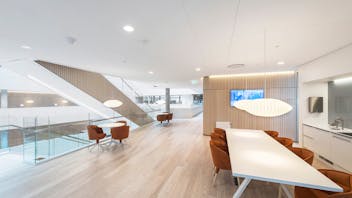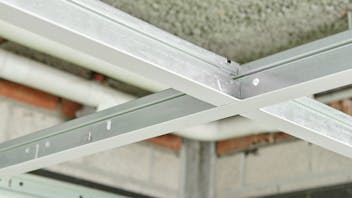For too long, too many people have only looked at sound from a not-to-exceed viewpoint. As a result, the systems in our buildings have become quieter and quieter. So quiet, that you can hear every distracting and annoying noise, and know far too many private matters about the people around you. As we move forward with designing buildings for the future, we must view the right level of background white noise as important as any other design feature.
What is background white noise?
Background white noise is what many people call the ambient noise, or background sound level, that is always present in our lives. Few people have experienced silence. It is not a pleasurable state. In fact, silence is quite uncomfortable because people are used to being bathed in sound from even before birth. Whether it is laughter, crickets or traffic, there is always background white noise or ambient sound present in our lives.
Even though many people refer to this background sound as “white noise” or “pink noise,” this is not technically correct. White noise and pink noise are used for certain acoustic tests, but not as background sound. Sometimes, the background sound is loud and intolerable. Other times, background sound feels protective and soothing. It all depends on what the sources of the background sound are and how loud they are.
Inside buildings, the background sound or ambient sound in large open spaces is often established by occupant activities. In private spaces or when occupant activity is minimal, the background sound is established by the building’s mechanical, electrical, plumbing and conveying systems. Unfortunately, the background sound in some buildings, especially in urban settings, is established by environmental noise, such as traffic or airplane flyovers, transmitting through the exterior windows or the roof.
Background sound inside buildings should be intentionally designed just like any other building design element. The alternative is an unintentional and unpleasant listening experience for people every minute they are in the building.


















